
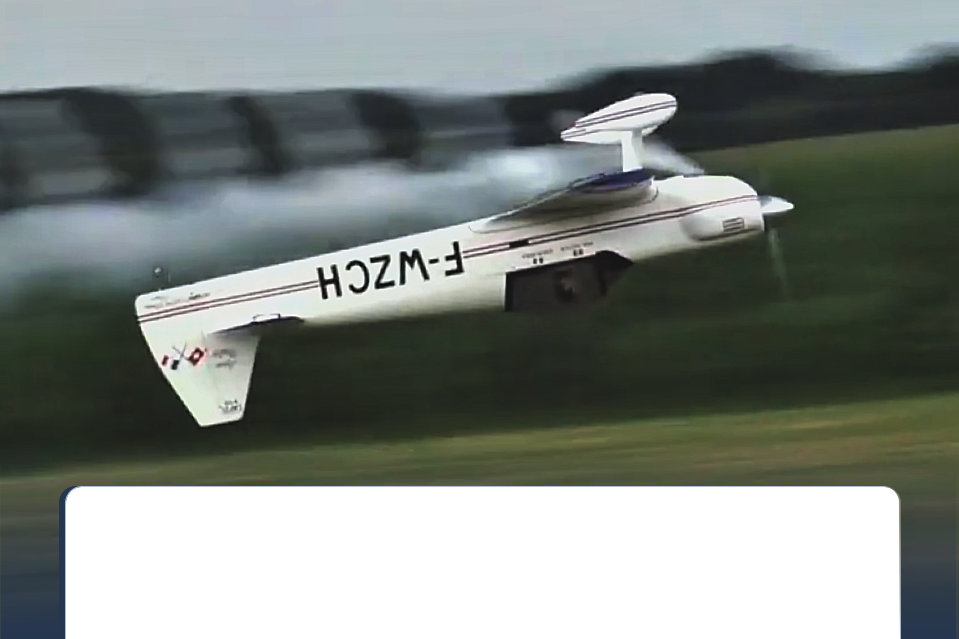
A TALE OF TWO HALVES...
The Schoolyard Special and the Hornet
It’s common knowledge that two halves make a whole. Right? But in this case,
two half’s make two wholes! That’s right. Two 1/2 A’s make two whole airplanes.
So why are these airplanes classified as 1/2A’s? For competition purposes, it’s
the engine size that gives them their classification. The engine size for the1/2A
class of aircraft would be .000-.0504—which is perfect for a COX .049 engine.
The bigger brother, Class A aircraft and their engines, are larger and have an
engine size .0505-.2000 cubic inches. Class B thru D aircraft would have
progressively larger engines and airframes—all the way up to .670 cubic inches.
Both aircraft here have a wingspan of about 36 inches. Since they don’t require
much wood to build, the cost is very low. The Hornet has no landing gear or tires
so it’s the least expensive of the two. Besides liking them, I also took building
them as a personal challenge. I had never built 1/2A aircraft before and I wanted
to build them fast! Once the parts are cut out, either one can be framed up and
ready for final sanding in a weekend. Covering however, depending on your
design scheme, well, it could take some time. These certainly did. I had to do far
more cutting and eyeballing than anticipated!
Both have been modified to accept electric power by incorporating removable hatches in the front of the fuselage for easy battery access. Despite both aircraft being small, they’re very different. Although not a trainer, the Schoolyard Special lends itself to a more relaxed style of flying. The Hornet, on the other hand, depending on the power system installed could be outfitted for pure insanity! At any rate, either one of these aircraft pack tons of fun in small, inexpensive, packages. Below are some notes that may inspire you to give either one a go. I can virtually guarantee you won’t see either one at your flying site!






.
Wing
The wing used was a built up version of
the Ace foam wing. Built in two halves,
shear webs and fiberglassing the center
section make the wing very strong.
Click here for the wing plan.
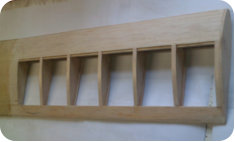

R/C Aircraft Insight From Low Altitude
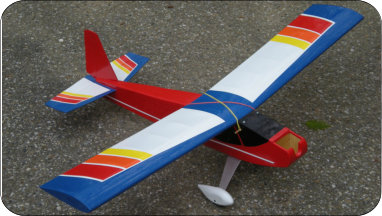

John W. Blossick
Tail Slide Haven
johnb@tslidehaven.com
August 2019

Find The Best R/C Engine
Deals
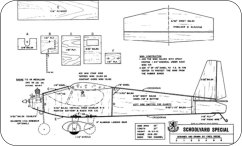
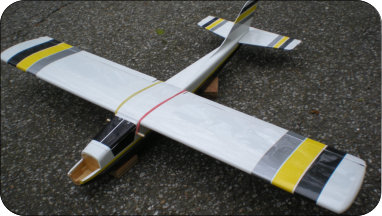
Front Fuselage
Simple box construction is used for the
fuselage. Hatch is removed showing
easy battery access. 440 blind nuts and
hex head bolts hold gear in place. All
fasteners for both projects are from
RTL.
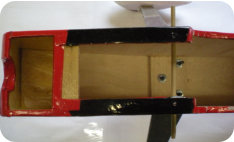
Rear Fuselage
Rear bulkhead showing access hole for
push rods.
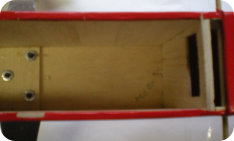
Wheel Pants/Spats
The wheel pants were constructed
using my favorite Styrofoam, epoxy-
glass method. Tires used were Dubro 1
1/2 inch mini lite wheels.
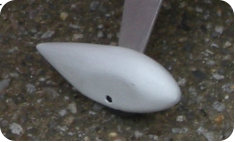
Empennage
Tail section is constructed from 3/32
balsa sheet. Wire tail skid. Ultracote is
used for surface hinges on the rudder
and elevator. Make sure you use hard
3/32 balsa. A nose over will crack the
soft stuff.
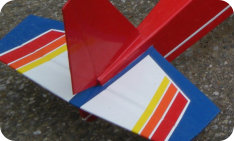
The Schoolyard Special

Top View
The model was covered using
Ultracote and Ultracote orange trim.
Total weight minus the motor, servos
and battery is a scant 12 ounces.
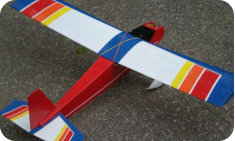
Hornet Wing
Wing contains a full length/depth spar and
built egg crate style. Wing has no dihedral
so spar joiners were unnecessary.
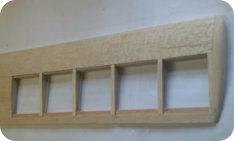
Hornet
Ailerons
Full length ailerons are constructed from
3/16 x 1/2 inch aileron stock. Sig EZ
hinges were used for attachment.
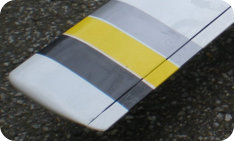
Fuselage Interior
Bulkhead B shows hole drilled for
battery/servo wires. There’s ample
room for standard sized servos.
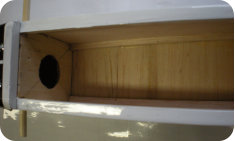
Empennage
The Hornet plan doesn’t show a movable
rudder. One could be added if desired.
Keeping it simple, I decided not to.
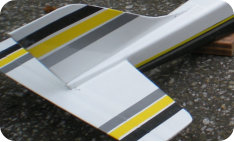
Hornet Front
A 11/2 inch spinner will nicely finish off the
nose and give the airplane a more
streamlined look. The Hornet fuselage
required considerably more sanding than
the Schoolyard Special.
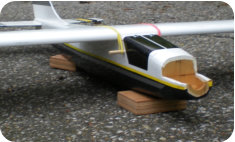
Top View
Total Hornet weight as pictured is 8
ounces. It’s covered with mostly leftover
Monokote and Ultracote was used for the
yellow trim.
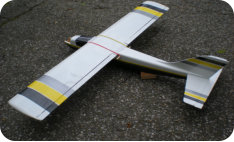

Schoolyard Special
HORNET
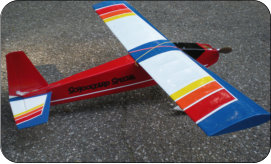
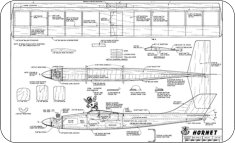
Schoolyard
Special
Power UP 450
Slowfly 950KV
Sky Power 20
AMP ESC
3 Cell Lipo 1300-
2200 Mah
APC 8x6 Slow Fly
Power Requirements for Electric Conversion
Hornet
Power UP 450
Speed 1500 KV
Sky Power 30 Amp
ESC
3 Cell Lipo 1300
Mah
APC 7x6E or 8x8E
Speed

Closing Note:
I would like to mention Heads Up Hobby Shop provided me with excellent customer service in outfitting these airplanes for electric power. After sending them pictures, they recommended all the items I would need for both projects. They offered helpful advice, had the products in stock, and always rapidly replied to my e mails. Heads Up had become my first choice in just about anything electric. Unfortunately, they will be closing shop at the end of August 2019. Jeff Anderson, the owner of Heads Up will be retiring this year. While us at Tail Slide Haven are sad to see him go, we would like to offer him our best wishes in the upcoming years and to have an enjoyable and relaxing retirement. Thanks for the fun and great service!






The electric set-up to the right
is just about all this bird can handle.

tslidehaven.com
Top of Page








